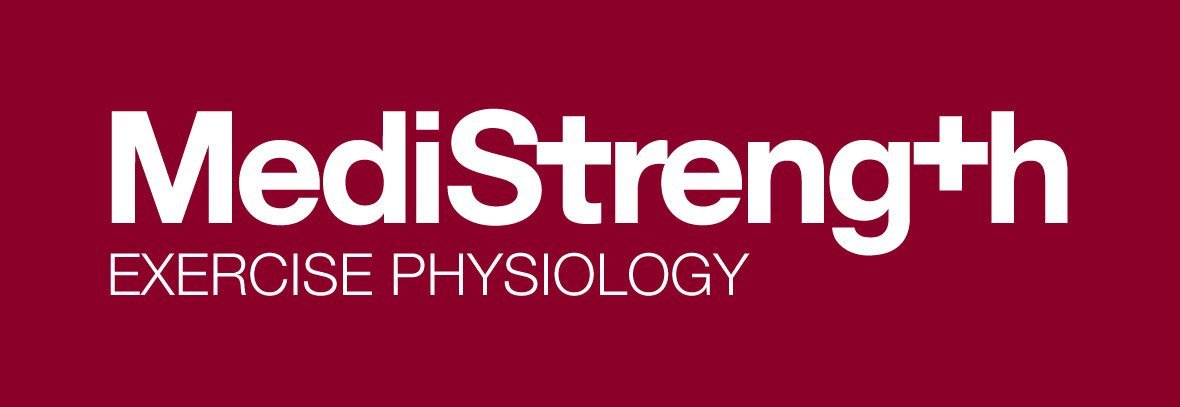Posture and Muscle Imbalance
Did you know that sitting more than 6 hours per day increases your changes of back and neck pain, cardiovascular disease and poor posture by up to 40%.
Good posture is a question of strength.
In our everyday life or when we play sport, we often subject the body to a load that is biased to one side. This can disturb the strength ratio of muscles and cause problems with our posture. Our training acts to prevent or remedy these problems.
Normal posture is evidence that trunk muscles are strong and the muscles that bend or straighten the body are in balance. In addition, good posture is essential if the spine is to function properly as the body’s shock absorber.
An effective muscle system is essential for good posture
Postural defects such as kyphosis, a combination of kyphosis in the thoracic spine and lordosis in the lumbar spine or a back lacking the physiological S curve are now increasingly common in adolescents. 50% of all ten-year old’s have postural problems. When sat at a school desk for hours on end, children need strong trunk, neck and shoulder muscles to maintain a good posture. Many children simply don’t have the strength to cope with this.
As soon as a child has reached puberty and is 150 cm or taller, our training can help with postural problems in just a few months. We stretch the contracted muscles effectively because it trains both the agonist and antagonist. It strengthens the weaker muscles that straighten the trunk. In addition to strengthening the back muscles, it also targets the rhomboid muscles, the latissimus dorsi muscles, the middle and lower section of the trapezium muscle and the serratus anterior muscle.
Clear evidence of the benefits on non-fixed postural defects
Our training corrects muscular imbalances and poor posture in about six months without the need to think about it. With a good posture you can walk tall and with confidence through life.
